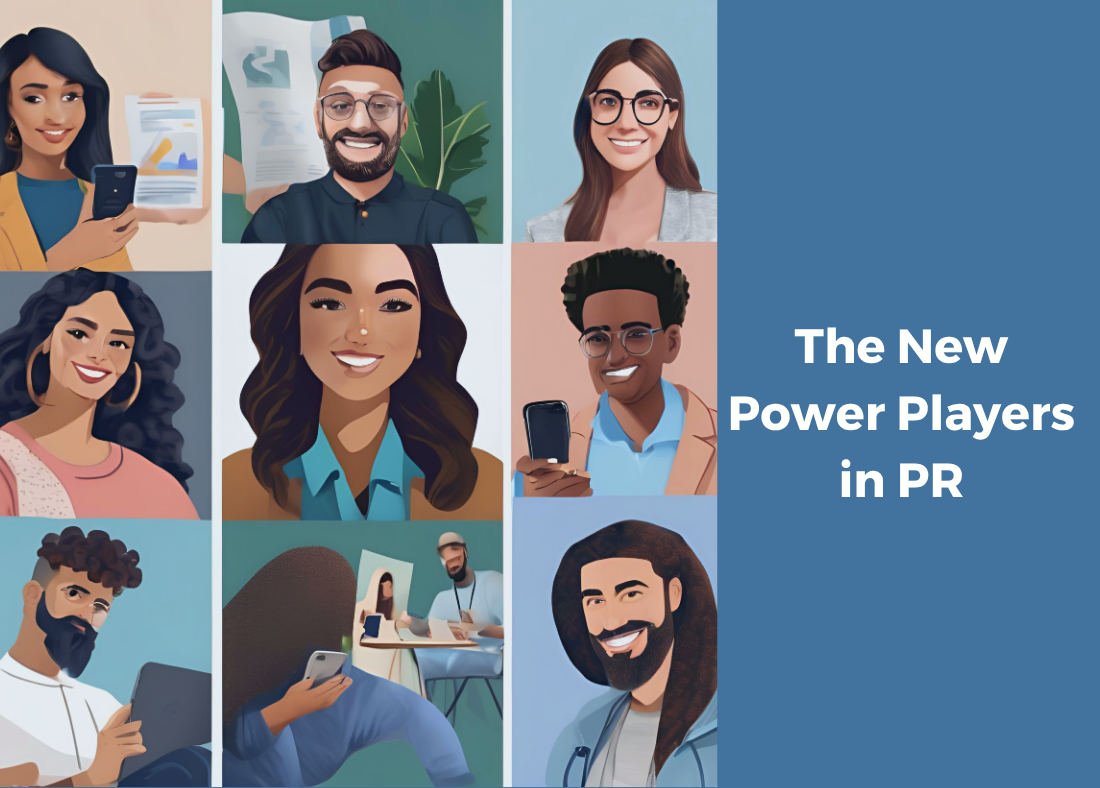The influencer landscape is maturing. In the Middle East, particularly in the UAE, brands are moving away from celebrity-style promotions and embracing a more focused, credible, and community-driven approach. The result? Micro- and nano-influencers are becoming a central part of public relations strategies — not just for awareness, but for building trust and long-term relevance.
What’s Driving the Shift?
According to Statista, the influencer marketing industry in the UAE has crossed the AED 1 billion mark. A significant portion of this is now being channelled toward micro-influencers (10K–50K followers) and nano-influencers (under 10K followers), particularly on platforms like Instagram and TikTok.
Complementing this, a Campaign ME article surveying 50 CMOs and influencers in the region found that 86% of marketers prefer micro-influencers for their trust-building capacity. 70% are now investing in long-term partnerships, not one-off posts because brands increasingly value content that feels personal, unscripted, and community-led.
This growing preference isn’t just a budget decision — it’s about influence that resonates.
Why PR Teams Should Pay Attention
For PR professionals, this shift is especially relevant. Unlike traditional advertising or short-term influencer campaigns, PR focuses on long-term credibility and storytelling. Micro- and nano-influencers bring three critical benefits:
- They Amplify Your Story in a Human Voice
Rather than promotional messaging, micro-influencers bring their own lived experience to your brand narrative — whether they’re testing your product, sharing your news, or co-creating a cause-based campaign.
- They Localise and Ground Your Message
In the UAE, audiences value relevance and familiarity. Micro-influencers often create bilingual or localised content and speak in a tone that resonates with community values.
- They Deliver Real Conversations
Strong PR isn’t just about exposure — it’s about sparking discussion. Micro- and nano-influencers drive engagement in the form of questions, comments, and shares. Their audiences aren’t just listening; they’re participating.
Why Startups Back Nano-Influencers
In an interview with Adgully ME, Hanane Bouchouicha-Sykora, founder of sustainable beauty brand Zaphira Nature, explained why she intentionally focused on nano-influencers in the UAE:
“We wanted to work with real women in the region, people who are trying our products on their own terms and sharing their honest experiences. For a new brand, nano-influencers are more aligned with our values and have proven more impactful than any paid endorsement.”
This kind of partnership allows PR teams to create authentic case studies, content collaborations, and peer-to-peer advocacy — all pillars of strong brand reputation.
How to Integrate Micro-Influencers into PR
- Prioritise fit over following: A well-aligned voice with 5K followers can outperform a poor-fit creator with 50K.
- Co-create, don’t dictate: Give influencers room to adapt your message to their voice. Their audience expects it.
- Focus on outcomes: Track engagement quality, referral traffic, comments, and sentiment — not just reach.
- Think long-term: The best brand advocates aren’t one-time collaborators. They’re repeat partners.
The PR Opportunity
In a media environment crowded with paid noise, micro-influencers represent a shift back to earned influence — the kind PR professionals have always championed. They are more than content creators. They’re community connectors, product testers, peer reviewers, and conversation starters.
As the influencer space matures, those who understand how to build relationships — not just run campaigns — will lead the next wave of public relations success.



